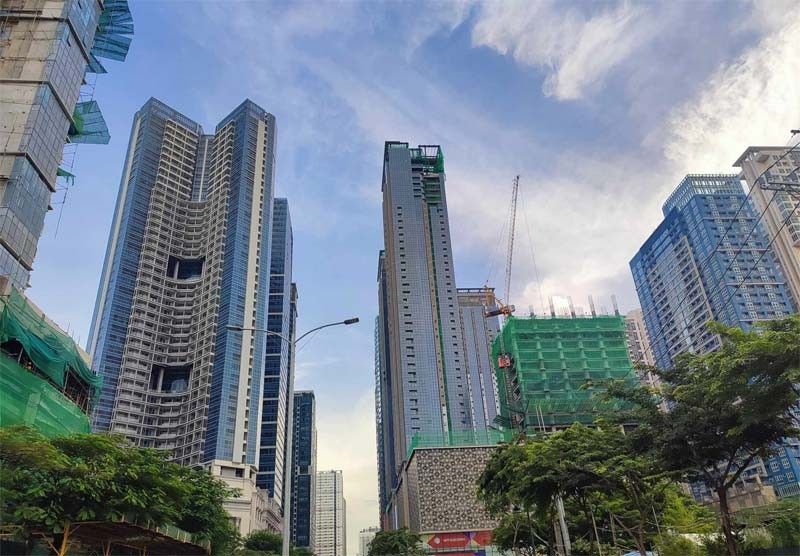ING sees lower Philippines growth amid high interest rates

MANILA, Philippines — Dutch financial giant ING Bank now expects slower economic growth in the Philippines due to the aggressive rate hikes delivered by the Bangko Sentral ng Pilipinas (BSP).
ING Bank senior economist Nicholas Mapa said the bank is again lowering its gross domestic product (GDP) growth projections for the Philippines for 2023 and 2024.
However, the bank is likely to retain its inflation forecasts for the Philippines in the next two years.
“We are therefore likely to lower our GDP growth forecasts (4.7 percent and 4.5 percent) while retaining our inflation forecasts for 2023 and 2024 (six percent and four percent),” Mapa said.
GDP growth averaged 5.3 percent in the first half of the year, well below the six to seven percent target penned by economic managers, after slowing to 4.3 percent in the second quarter from 6.4 percent in the first quarter of the year.
The economy needs to grow by at least 6.6 percent in the second half of the year to meet at least the lower end of the government’s target range.
The BSP has so far raised key policy rates by 450 basis points since May 2023, including the latest off-cycle 25-basis-point hike on Oct. 26 “to prevent supply-side price pressures from inducing additional second-round effects and further dislodging inflation expectations.”
Mapa said the off-cycle rate hike indicates the commitment of BSP Governor Eli Remolona Jr. to price stability as he hopes to corral inflation expectations.
Mapa added that the BSP chief also hinted in the past that he would possibly need to hike more than once.
“We therefore expect at least one more rate hike from the BSP before the end of the year. Remolona has also indicated that he believes policy rates can rise to 6.75 percent before harming the economy,” he said.
ING expects inflation to stay elevated until supply-side remedies are implemented, given that price pressures remain largely supply-side in nature.
“Against this backdrop of higher rates and inflation, economic growth appears to be slowing and we believe the full impact of previous BSP tightening will be felt by early 2024,” Mapa said.
Inflation averaged 6.6 percent from January to September after quickening for six straight months to a year low of 4.7 percent in July from a peak of 8.7 percent last January.
The BSP is no longer expecting inflation to ease within the target this year, which is likely to remain elevated and stay above the two to four percent target between March and June next year.
According to the BSP, its staff risk-adjusted forecast for 2024 increased to 4.7 percent from 4.3 percent previously as second-round effects have broadened, including transportation fare increases and minimum wage adjustments. Inflation expectations have risen sharply, highlighting the risk of further second-round effects.
It added that the balance of risks to the inflation outlook still leans significantly toward the upside, due mainly to the potential impact of higher transport charges, electricity rates, international oil prices, and minimum wage adjustments in areas outside the National Capital Region.
Mapa said the off-cycle rate hike was carried out in a bid to ensure inflation expectations stay well-anchored as the peso is on relatively stable footing, while inflation remains largely driven by supply-side factors.
- Latest
- Trending
































